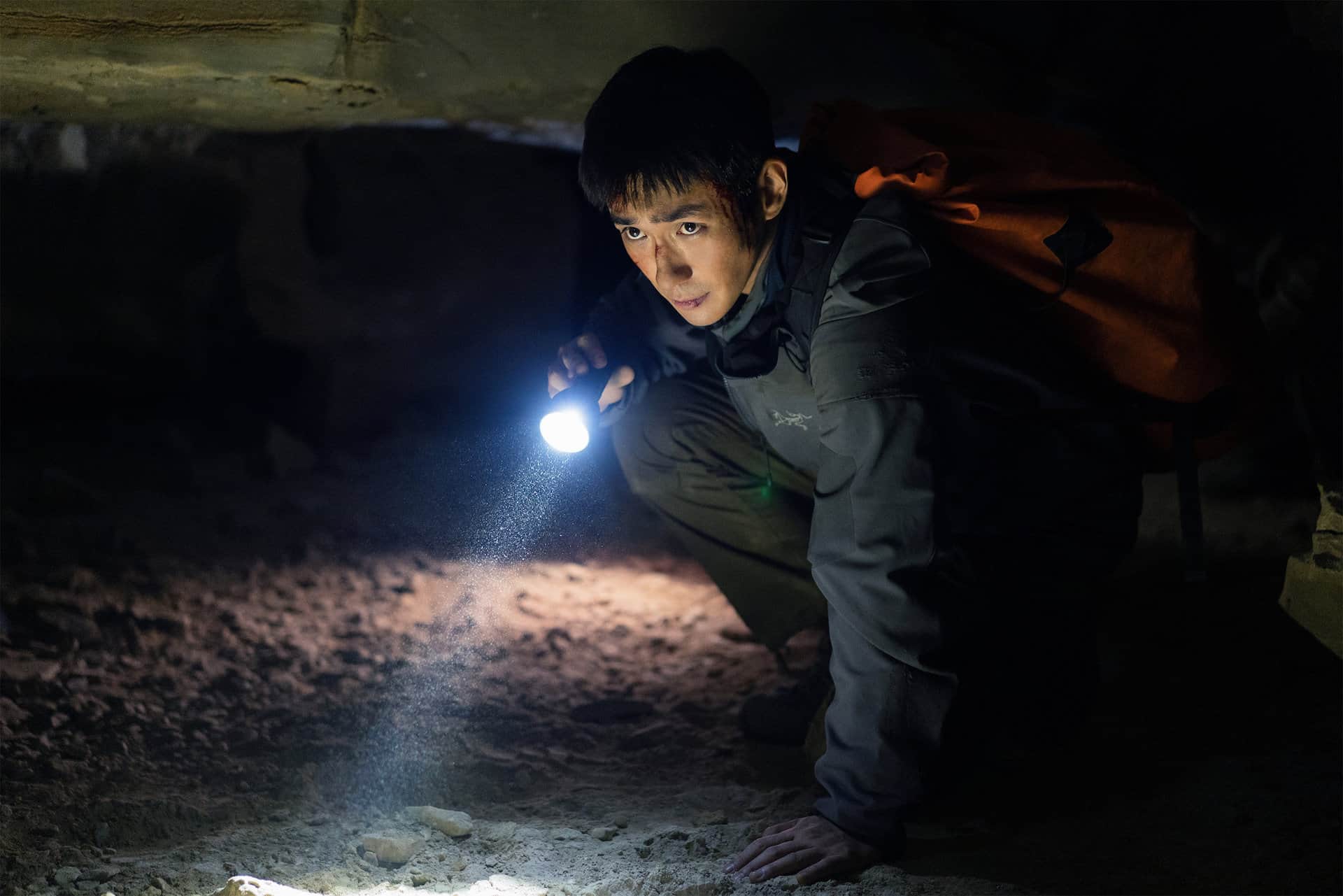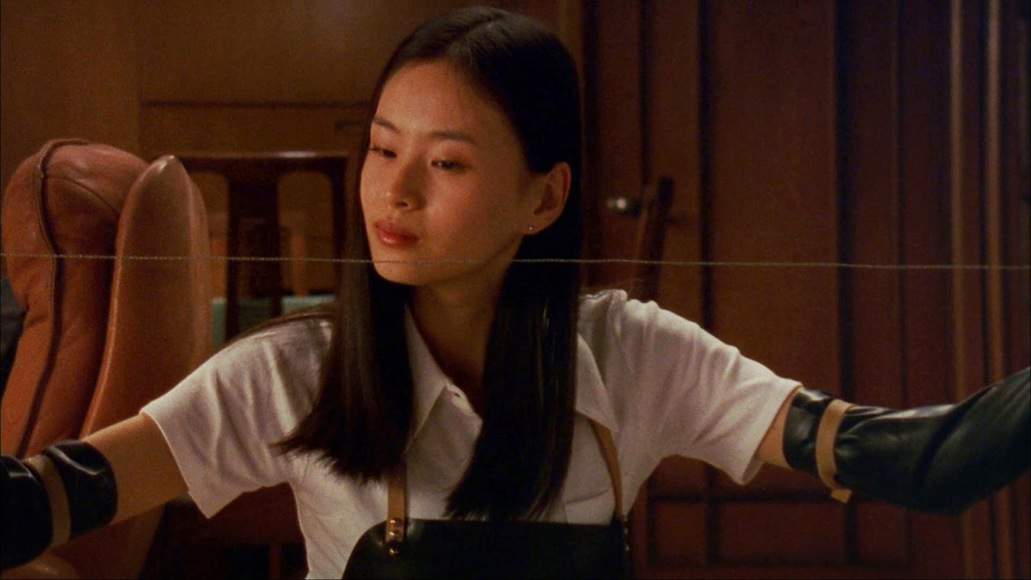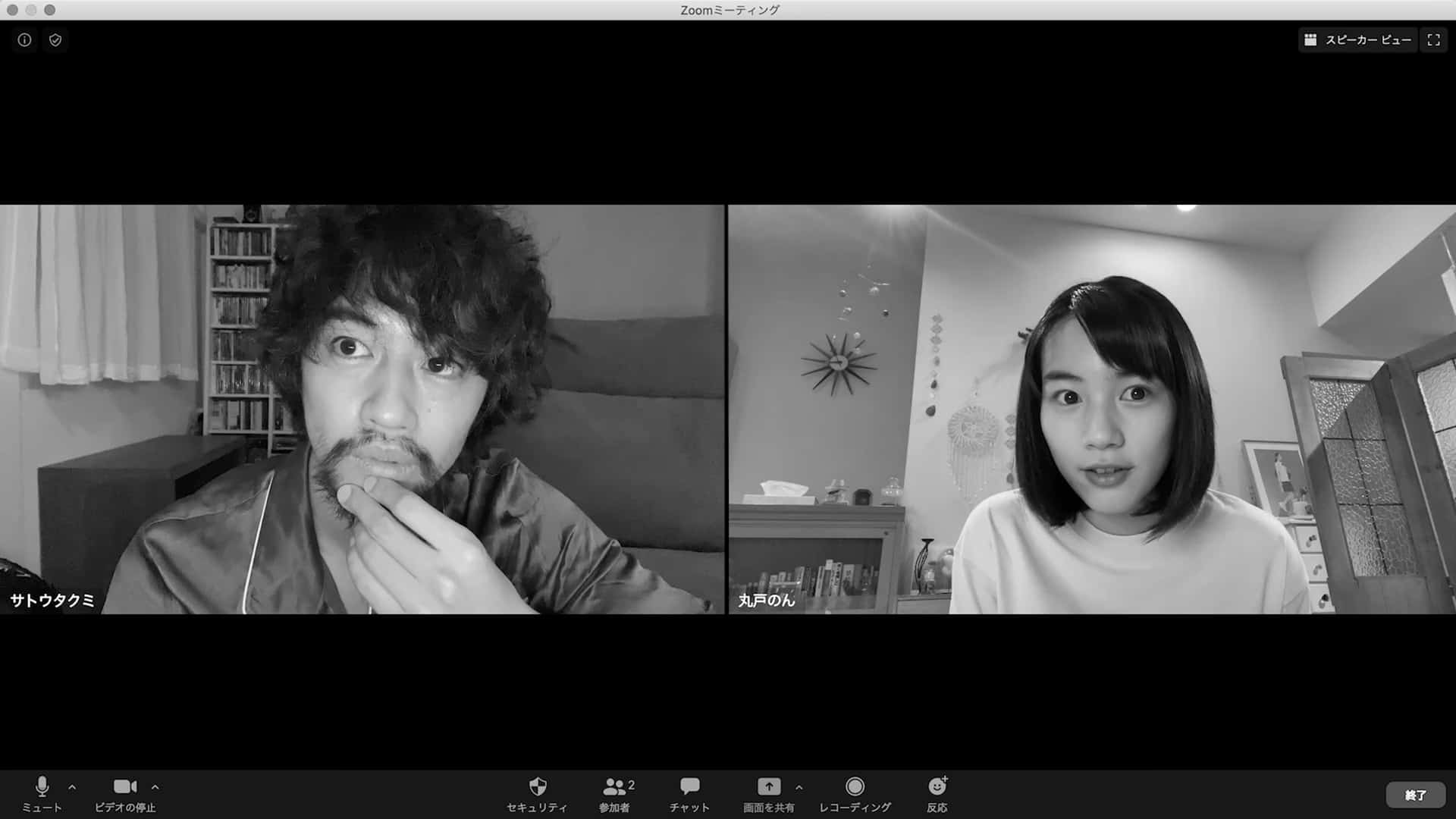Nominated for seven awards at the 2019 Famas (it won two, for Production Design and Cinematography), “Ode to Nothing” is a rather unusual film that lingers between the black comedy and the drama and mostly focuses on the “relationship” between an embalmer and a cadaver.
“Ode to Nothing” is screening at Fantasia 2019

The embalmer mentioned is Sonya, a former maid who lives a life with no friends, desperately trying to keep her family-owned funeral home afloat, while living in a large house just with her rather strange father. Her financial situation is awful, and the presence of a constantly nagging usurer named Theodore, makes matters even harder. Sonya's only solace is to hear the Chinese folk song “Mo Li Hua” over and over again.
Her luck, however, seems to change when a pair of strangers appears in the parlor with a bloodied corpse, and ask her to take care of it, no questions asked. Sonya reluctantly agrees, but the body of the old woman seems to bring her much luck, as after the incident, customers fill the parlor and work picks up significantly, while Sonya starts talking to her estranged father again and even befriends Elmer, a local taho vendor. However, her relationship with the cadaver takes a rather unusual path, as Sonya, and eventually her father, treat it as an actual human being, talking, sleeping and even having fights with it (formalin helps much in this whole situation). Theodore, however, still lurks around…
Dwein Ruedas Baltazar directs a film that deals with loneliness and alienation, particularly in the small towns, but most of all, death, and especially the way people perceive it. Her approach, however, is what makes the film truly unique as this “cohabitation” with the cadaver induces the movie with a very amusing sense of black humor, without, though, stripping the social comments of any seriousness, even for a second. The scenes where Sonya is fighting with the corpse and the overall behaviour of her father towards her actions are hilarious, and the various scenes in the dinner table where the dead body is strapped on a chair are bound to draw much laughter to anyone who watches the movie. However, as the story progresses, reality becomes a factor and Sonya's downward spiral to paranoia comes to the fore, with the finale cementing this element in the harshest fashion. This part is the most obvious source of drama in the movie, while the combination of the two (comedy and drama) carries the narrative for the whole of its 92 minutes.

The fact that people will find solace in anything that comes their way, in order to cope with their loneliness, is one of the main concepts, while the connection Sonya and her father share with the dead body seems to state that, due to their social situation, they are not so different from being dead themselves. In that regard, one could say that Theodore plays the role of the Grim Reaper, who is just waiting to suck the last drop of life from Sonya.
And talking about Sonya, Marietta Subong (formerly known as Pokwang) gives an astonishing performance as a woman who tries to hung onto any little shred of hope, realizing the futility of her efforts, at least until paranoia (and Theodore) come knocking. Baltazar anchors the film on her and she delivers in great fashion, in a performance that reminded me much of Marsha Timothy's in “Marlina the Murderer in Four Acts”. Dido de la Paz as Theodore is fittingly despicable while Joonee Gamboa as the father is delightfully unconventional (to say the least).
The awards Neil Daza received for the cinematography and Maolen Fadul for the production design are definitely well deserved. The first implements a great style of framing which induces the movie with a sense of claustrophobia that mirrors Sonya's situation, while his framing, particularly in the many shots through the windows in the house, which serve as cadre, are exceptional. The sense of claustrophobia is heightened by Fadul's work who presents a house whose “decay” seems to state the fact that the family used to be rich but are on a distinct downward spiral. Probably the greatest technical aspect, however, comes from the way the dead body functions in the film, which I would really like to know more about. (An interview is already on the way)
“Ode to Nothing” is an unusual but very interesting film, whose quality becomes obvious through the direction, the acting, and the production values. It is always good to watch movies by directors who try different things, and Baltazar has managed to do so and in the same time, to present a work of true quality.















